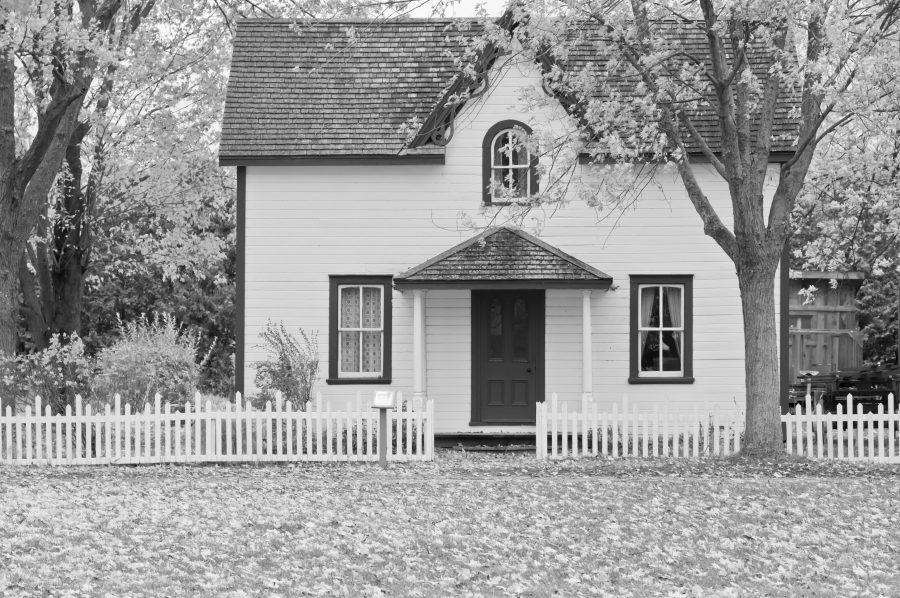Daniel Bentley and Alex McCallum, February 2019
Over the past two decades, UK household formation rates have undergone a striking change. After many decades during which the number of households per head of population was rising, since around the turn of the twenty-first century that ratio has plateaued and even begun to fall. The manifestation of this can be seen in average household sizes which ceased their decades-long decline and have shown signs in recent years of beginning to rise. These developments have implications for policymaking, and particularly housebuilding targets, because they suggest at first glance that fewer households may be formed in the future than has been anticipated previously, based on past trends. Some commentators go as far as to suggest that there is no shortage of housing given that fewer households are now being formed than homes are being built.
But this raises an important question: has this turning point in household formation rates been the result of unconstrained lifestyle choices, or has it been a response to economic pressures and, in particular, the state of the housing market? Have household formation rates undergone a natural shift to which policy should now adapt, or have they been depressed by constraints which are transitory and/or remediable? This paper explores this issue and seeks to shed some light on how and why these changes in household formation have occurred.
It describes how the underlying shift has been a decline in the proportion of single-person households among younger adults. The reasons for this are mixed. Much of the shift has corresponded with compositional changes, namely an increase in the migrant population, among whom household sizes tend to be significantly higher than among the UK-born. But there have also been important changes in household formation patterns among the UK-born too, most notably a marked increase in the proportion of young adults living with their parents. The proportion of 20 to 34-year-olds living with their parents rose from 19 percent in 1998 to 26 percent in 2017 – equivalent to an additional 900,000 young adults living with their parents. Among 23-year-olds that increase has been even steeper, from 37 percent to 49 percent across the same period. The extent of these changes has varied considerably between different regions and largely correlates with relative housing costs, suggesting that they reflect affordability constraints to a considerable degree, as opposed to evolving normative preferences.
Daniel Bentley is Editorial Director at Civitas. Alex McCallum is Senior Analyst at Shelter.
Article originally published by Civitas.








